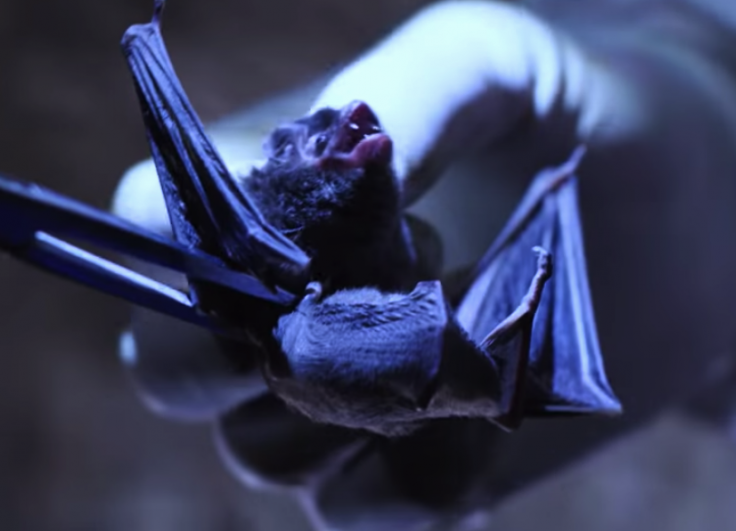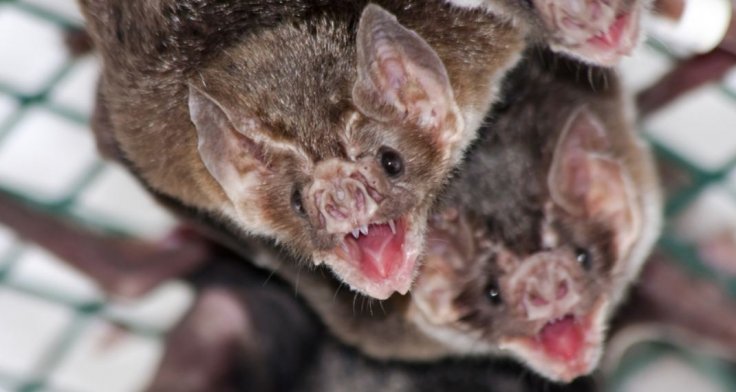Wuhan Institute of Virology (WIV), the controversial Chinese research facility at the center of COVID-19 pandemic, was reportedly awarded patents for cages to keep bats for testing — months ahead of coronavirus outbreak. The lab has been suspected to be the center of origin of coronavirus.
It was also found that the patent for "bat rearing cages" was granted in January 2019 — just 11 months before China reported its first COVID-19 case. The research facility filed another patent on Oct. 16, 2020, for the "artificial breeding method of the wild bat."
This report by The Mail on Sunday comes after the team of experts from the World Health Organization (WHO) wrapped up their investigation and said that in terms of COVID-19 origin, the lab leak was "highly unlikely."

Secret Bat Cages
A patent discusses the transmission of SARS-CoV from bat to humans or other animals, saying that the virus-infected bats naturally or artificially have no obvious clinical symptoms and the mechanism is not known. It also says that the method is for breeding bats for scientific research.
According to the report, the patent says: "The invention aims to provide an artificial breeding method of wild bat predators, which aims at overcoming the defects in the prior art, and the wild bat predators are artificially domesticated, bred and passaged to establish an artificial breeding group, thereby providing a brand-new model experimental animal for scientific research."
In terms of keeping live bats inside the lab, British-American scientist Peter Daszak, whose organization EcoHealth Alliance studied bat viruses with WIV for several years, said in an April 2020 tweet: "The researchers don't keep the bats, nor do they kill them. All bats are released back to their cave site after sampling. It's a conservation measure and is much safer in terms of disease spread than killing them or trying to keep them in a lab."
Even though it is hard to determine whether such practices noted in the patents are true, according to the report, the Chinese researchers can keep 12 bat cages along with 12 ferret cages.
The bat cage patent included extensive details about the feeding, breeding and drinking conditions. It also added that the animals are captured as needed and freed after taking the required samples or temporarily raised for some time.

The report said that in November 2019 the controversial Wuhan lab filed a patent for a device to treat injuries sustained while handling pathogenic viruses in the lab. Those who filed for this patent have worked at the WIV for more than a decade. Some of them are the scientists who studied Coronavirus in bats.
Charles Small, an open-source intelligence consultant, who found these mysterious patents said: "The Wuhan lab describes catching wild bats in mountain caves and breeding them in their patented cages to use as animal models in scientific experiments. They mention infecting bats with viruses artificially."
According to him, the patent method of handling bats known to carry SARS-related viruses daily at feeding time "risks coronavirus spillover".
Alan Mendoza, executive director of the Henry Jackson Society think-tank said that WHO needs to share complete details about WIV's bat and bat coronavirus experiments.
"As this pandemic wears on, and more and more people tragically lose their lives, the questions continue to mount for China and the research carried out at its Wuhan Institute of Virology," he said.









